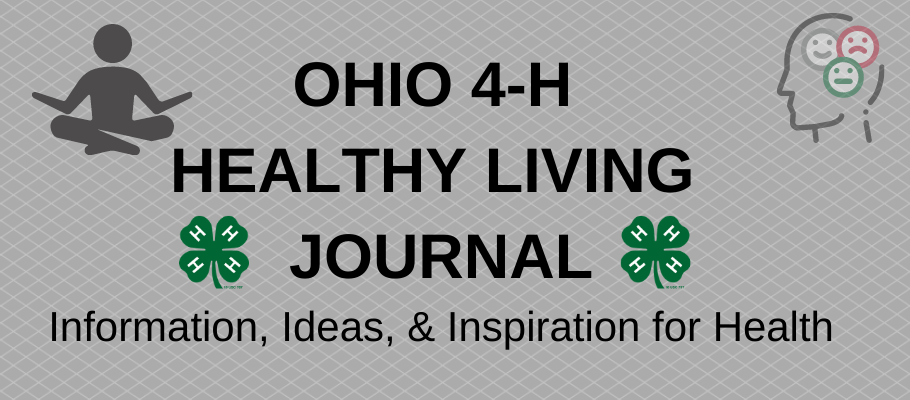 Last week when I wrote about social health, I did so from the perspective of the individual, that is, what can someone do to cultivate social connections. This week I’d like to expand the concept of social health to include a much larger perspective. But what does your zip code have to do with your health?
Last week when I wrote about social health, I did so from the perspective of the individual, that is, what can someone do to cultivate social connections. This week I’d like to expand the concept of social health to include a much larger perspective. But what does your zip code have to do with your health?
What influences your health? The obvious answer is things like the food you eat, how much you exercise, and your family history. But people living just a few blocks apart may have very different opportunities to live a long life, in part just because of the neighborhood where they live.
As an example, let’s look at a map prepared by the Center for Society and Health at Virginia Commonwealth University. This map shows several zip codes in Cleveland, Ohio, with up to a 12-year difference in life expectancy between them.
Map of Cleveland, Ohio, illustrating life expectancy by zip code (Center for Society and Health, Virginia Commonwealth University)
Were you surprised to learn that life expectancy can vary so much in nearby locations? In some parts of the country, the gaps are even larger. And life expectancy is just one of the measures with these sorts of differences. Access to care, access to health information, and quality of life are all affected by where one lives. The first question that should come to mind is, “Why?” Why is there such a difference? Why is a person’s zip code a stronger predictor of their overall health than other factors, including race and genetics? There is no simple answer. Gaps in health status across neighborhoods are complex and stem from multiple factors.
It’s important to understand that it’s not the zip code itself, but the conditions that exist in the area the zip code represents. In that sense, the zip code is the proxy for the social and neighborhood conditions. A proxy means that zip code stands in for something else.
The answer to why is too big for just one post. It starts with understanding social determinants of health. So let’s start there.
Social Determinants of Health
To understand what’s going on, we’ll consider a concept called the social determinants of health. Social determinants of health refer to non-medical factors that influence health, such as employment, income, housing, transportation, child care, education, discrimination, and the quality of the places where people live. They have a big impact on people’s health, well-being, and quality of life. However, surveys show that most Americans are unaware of the how these factors affect health.
Think about it: People who don’t have access to grocery stores with healthy foods are less likely to have good nutrition. That raises their risk of health conditions like heart disease, diabetes, and obesity — and even lowers life expectancy relative to people who do have access to healthy foods.
Examples of social determinants of health include:
- Safe housing, transportation, and neighborhoods – for example: Some neighborhoods are unsafe for children to play outside. Lack of transportation may limit people’s ability to get work and health care.
- Education, job opportunities, and income – for example: Communities with weak tax bases cannot support high-quality schools and jobs are often scarce in neighborhoods with struggling economies. High school graduation is a leading indicator of healthy adult behaviors and health status.
- Access to nutritious foods and physical activity opportunities – for example: Opportunities for residents to exercise, walk, or ride a bicycle may be limited. Stores and restaurants selling unhealthy food may outnumber stores with fresh produce or restaurants with nutritious food.
- Racism, discrimination, and violence – for example: Segregation can negatively affect health by creating communities of concentrated poverty.
- Polluted air and water – for example: Closeness to highways, factories, or other sources of toxic materials may expose people to pollutants.
People’s awareness of social determinants of health has come to the forefront during the coronavirus pandemic. For example, access to testing, the likelihood of having pre-existing conditions, and the types of jobs people have that may increase their exposure affect some groups more than others (e.g., homeless people, racial and ethnic minority individuals).
Just promoting healthy choices won’t eliminate health disparities, because they are embedded in so many aspects of society. It’s a job too big for any one person. The first step is to become aware a situation exists. Then find out what might be happening in your community to address health issues.
Today’s Take-Away: A place to start is with your zip code. You can download this activity sheet to examine Health-by-the-Numbers. 
You can find more resources on Ohio 4-H’s Mental Health Month page. Come back for more ideas and information about health.
Yours in Health,
Theresa Ferrari, Extension Specialist, 4-H Youth Development
Adapted from:
Center for Society and Health at Virginia Commonwealth University
U.S. Department of Health and Human Services, Office of Disease Prevention and Health Promotion. Healthy People 2030. https://health.gov/healthypeople/objectives-and-data/social-determinants-health


